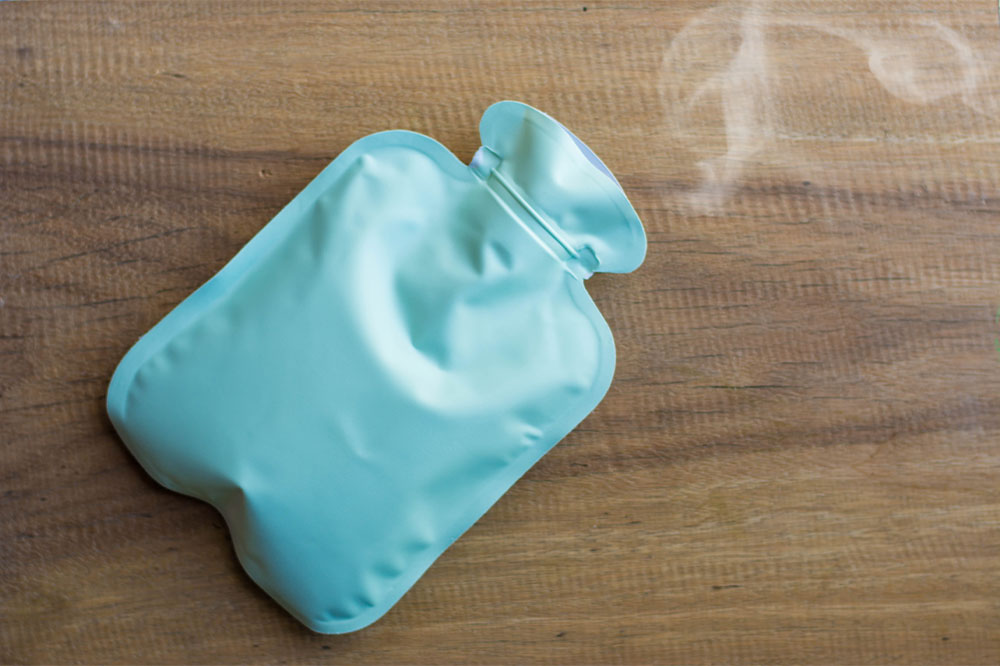
7 ways to manage a stye
A stye, similar to an acne pimple, is a red bump on the edge of the eyelid. It forms when one of the oil glands near the eyelashes gets clogged and infected. Although styes are primarily harmless, they can cause pain and swelling. While they usually go away on their own, they might worsen and cause more pain. If that happens, some treatment methods can help manage the symptoms and reduce the infection.
Treatment methods to manage stye
Warm compress
This is one of the most effective treatment options for stye. Most people do not require any treatment apart from a warm compress. The warm compress brings the pus to the surface, which dissolves pus and oil, draining it naturally. However, it is essential to ensure that the cloth used for the warm compress is damp and not dripping wet. It is also vital to make sure that the cloth is not too hot, as that might damage the eyelids and exacerbate stye symptoms. Use a clean cloth to avoid aggravating any bacterial infection. Applying a warm compress three to four times a day is recommended for better results.
Warm tea bag
Sometimes, a bacterial infection might make it more painful and inflame the stye, causing pain. A warm compress may not help in such cases. Hence, a warm tea bag can be used. Tea bags work best as they reduce swelling and fight bacterial infection simultaneously. For effective treatment, add a tea bag to a cup of boiling water, and let the tea steep for a minute or two. Place the tea bag on the affected eye for 10 to 15 minutes. Ensure that it is not too hot, as it may damage the delicate eyelids. While any tea might do the job, experts recommend using black tea to treat stye effectively.
Soap water rinse
This is yet another effective way to treat a stye. Using soap water to rinse eyelids helps unclog the oil glands present in the eyelids, thereby providing relief. However, it is important to use milder options as soaps contain synthetic chemicals that may aggravate soreness, swelling, and burning sensation around the eyelids. This can make it more painful to treat a stye. Look for mild soaps that are hypoallergenic and non-irritating so that they only kill bacteria and unclog oil glands. Alternatively, a saline solution can be used instead of soap water, as saline solution promotes pus drainage and breaks the bacterial membrane.
Gentle massage
Those experiencing these issues can use all the above techniques combined with a gentle massage to drain the pus that has resulted in stye formation. Use a soft cloth or wipes for this treatment. Gently massage the area until all the pus drains out. Make sure to massage the area with clean hands and avoid touching the affected eye for some time. Avoid squeezing the area, as pus might ooze out and spread in the eyelid. This can worsen the bacterial infection.
If none of the aforementioned treatment options are effective, medical intervention might be necessary. This is generally required if the stye is internal, getting bigger, becoming more painful, and affecting vision. In such cases, the following three treatment methods are recommended for stye.
Eyelash epilation
This form of treatment is recommended for a stye formed outside the eyelid. Eyelash epilation means plucking out eyelashes to allow the pus and bacteria to drain out. The treatment might be painful, but it can get rid of the infection from the hair follicle. After this procedure, warm compress and massaging are recommended to manage pain and swelling caused due to epilation.
Incision and drainage
If epilation does not provide relief, it is recommended to open the stye to drain the pus. This is usually done for an external stye using a sterile needle or scalpel. However, this procedure should be strictly done by a healthcare expert to avoid the spread of infection.
Incision of internal stye
This can be a complicated procedure when there is an internal stye formation. The procedure involves using a local anesthetic to numb the eyelid. Once numb, the eyelid is flipped inside out to expose the stye, which s then scraped out. General anesthesia is administered particularly for children, as it can be uncomfortable, and they might not tolerate the procedure well under local anesthesia.
Stye is a fairly common condition and can be effectively treated using simple home remedies. However, styes can be contagious. Hence people with this kind of bacterial infection should use a separate towel and keep their hands clean to avoid spreading the bacteria.




